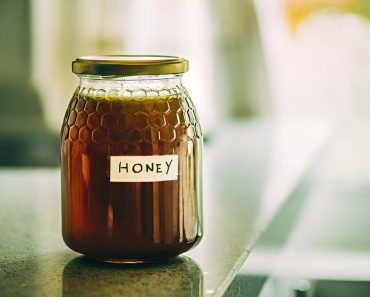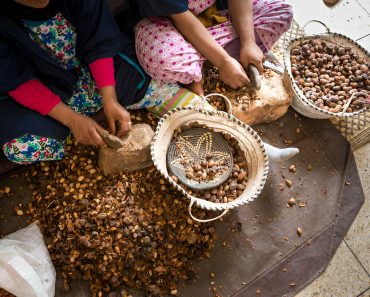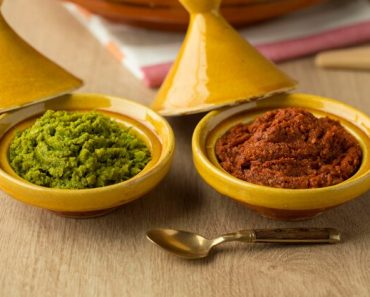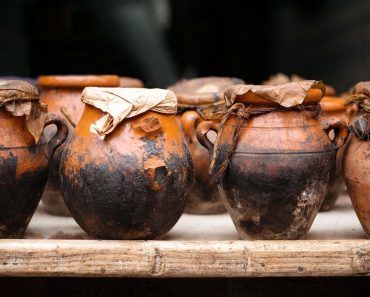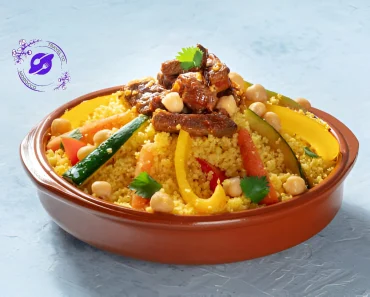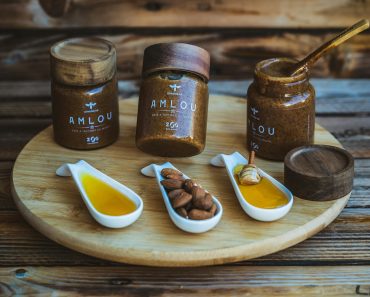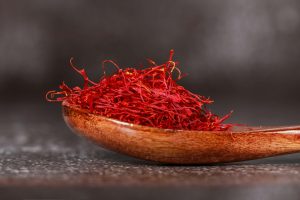
Unveiling Moroccan Saffron: History, Characteristics, and Culinary Delights
In the sun-kissed valleys and rugged mountains of Morocco, a treasure lies hidden among the vibrant
tapestry of its culture and cuisine—a treasure known as saffron. This precious spice, revered for its rich history, distinct characteristics, and versatile culinary applications, has woven i
tself into the very fabric of Moroccan identity. Let’s embark on a journey to uncover the allure and significance of Moroccan saffron, exploring its roots, unique traits, and the myriad ways it enlivens the country’s gastronomic delights.
A Tapestry of Time:
-
The Historical Journey of Moroccan Saffron
The story of Moroccan saffron is a testament to the ancient trade routes that crisscrossed the Mediterranean, connecting distant lands and cultures. Saffron, derived from the delicate stigma of the Crocus sativus flower, found its way to Morocco through these historical exchanges. It is believed that saffron cultivation in Morocco dates back over 3,000 years, with records indicating its use in culinary and medicinal practices by ancient civilizations inhabiting the region.
The coastal towns of Taliouine and Taznakht, nestled amidst the rugged beauty of the Atlas Mountains, became renowned for their saffron production. Here, the unique microclimate and fertile soil provided an ideal environment for cultivating the precious spice. Over the centuries, Moroccan saffron earned a reputation for its exceptional quality and distinctive flavor profile, making it a prized commodity in local markets and beyond.
The Golden Essence:
-
Characteristics of Moroccan Saffron
What sets Moroccan saffron apart is its exquisite aroma, vibrant color, and complex flavor profile. The threads, carefully hand-harvested during the autumn flowering season, exhibit a deep red hue indicative of their high quality and potency. This intense coloration is a result of the presence of compounds such as crocin, which not only contribute to saffron’s visual appeal but also infuse dishes with a characteristic golden tint.
In terms of aroma, Moroccan saffron offers a delicate balance of floral notes, earthiness, and a subtle sweetness, creating a sensory experience that is both aromatic and flavorful. The threads are prized for their purity and potency, ensuring that even a small quantity can impart a rich saffron essence to a dish, transforming it into a culinary masterpiece.
Culinary Alchemy:
-
Moroccan Dishes Infused with Saffron
Moroccan cuisine is renowned for its diverse flavors, aromatic spices, and intricate culinary techniques, with saffron playing a pivotal role in many signature dishes. One of the most iconic preparations featuring Moroccan saffron is the traditional Chicken Tagine with Saffron and Preserved Lemons. This slow-cooked dish combines tender chicken, aromatic spices, preserved lemons, and the golden threads of saffron, resulting in a harmonious blend of savory and tangy flavors that is quintessentially Moroccan.
Saffron is also a key ingredient in the preparation of Couscous, a staple dish that holds a cherished place in Moroccan households. Whether paired with succulent lamb, aromatic vegetables, or delicate seafood, saffron-infused couscous adds depth and richness to every forkful, creating a symphony of textures and tastes.
Beyond savory dishes, Moroccan desserts also benefit from the inclusion of saffron. The decadent Chebakia, a sweet pastry coated in honey and sesame seeds, often features a hint of saffron, infusing each bite with a subtle yet distinctive flavor that lingers on the palate.
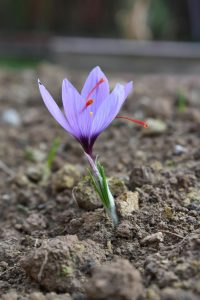
Unveiling Moroccan Saffron
Cultural Symbolism:
-
Saffron in Moroccan Tradition and Festivities
Saffron holds a deep cultural significance in Moroccan society, symbolizing prosperity, hospitality, and celebration. It is often used in traditional ceremonies, feasts, and festive gatherings, where its inclusion signifies abundance and goodwill. During weddings, births, and religious holidays such as Eid al-Fitr and Eid al-Adha, saffron-laced dishes take center stage, embodying the spirit of joy and togetherness.
Moreover, saffron has long been valued for its purported medicinal properties in Moroccan folk medicine. It is believed to possess anti-inflammatory, antioxidant, and mood-enhancing properties, making it a versatile ingredient in herbal remedies and holistic healing practices.
Preservation and Sustainability:
-
Nurturing Morocco’s Saffron Heritage
Despite its global popularity, Moroccan saffron remains deeply rooted in the traditions and landscapes of the country. Local cooperatives and small-scale farmers play a crucial role in preserving and sustaining the cultivation of saffron, employing traditional methods that respect the land and its natural rhythms. From hand-harvesting the delicate threads to meticulously drying and packaging them, every step in the saffron production process reflects a commitment to quality and authenticity.
Efforts are also underway to promote sustainable saffron cultivation practices, ensuring that future generations can continue to benefit from this precious resource. By prioritizing environmental stewardship, biodiversity conservation, and fair trade principles, Moroccan saffron producers strive to safeguard both the land and the livelihoods of those who depend on its cultivation.
Saffron is used in various regions worldwide, with each area incorporating the spice into its culinary and cultural traditions. Here are some of the key areas where saffron is prominently used:
- Mediterranean Region: Countries like Spain, Italy, and Greece are known for their extensive use of saffron in dishes such as paella, risotto Milanese, and various seafood preparations.
- Middle East: Saffron is a staple in Middle Eastern cuisine, featured prominently in dishes like Persian saffron rice, kebabs, and desserts like baklava and saffron ice cream.
- Indian Subcontinent: India, Iran, and other South Asian countries use saffron in a wide range of dishes, including biryanis, kormas, sweets like gulab jamun, and beverages such as saffron-infused milk (kesar doodh).
- North Africa: Morocco, Tunisia, and Algeria incorporate saffron into traditional tagines, couscous dishes, soups like Harira, and desserts like Chebakia.
- Central Asia: Countries like Uzbekistan and Tajikistan use saffron in pilafs, teas, and festive dishes during celebrations and special occasions.
- Europe: Apart from Spain and Italy, saffron is also used in countries like France and Switzerland, adding depth of flavor to dishes like bouillabaisse, saffron-infused sauces, and baked goods.
- China: Saffron is utilized in certain Chinese cuisines, particularly in regions like Xinjiang, where it flavors rice dishes, teas, and desserts.
- Latin America: Saffron may be found in select Latin American cuisines, adding a touch of luxury to dishes like paella de mariscos (seafood paella) in countries such as Mexico and Peru.
These regions showcase the diverse culinary applications of saffron, highlighting its global appeal and versatility in enhancing a wide array of dishes across different cultures.
Conclusion:
-
Embracing the Essence of Moroccan Saffron
In the heart of Morocco, amidst bustling markets, aromatic kitchens, and sun-drenched landscapes, saffron reigns as a symbol of culinary excellence, cultural heritage, and timeless tradition. Its journey from field to plate is a testament to the artistry and dedication of those who nurture this golden thread of flavor and fragrance.
As we savor the delicate aroma and rich hues of Moroccan saffron-infused dishes, we not only indulge in a gastronomic delight but also pay homage to a legacy that spans millennia. Moroccan saffron, with its golden allure and multifaceted character, invites us to explore the intersection of history, flavor, and culture—a journey that leaves an indelible imprint on our senses and souls.
